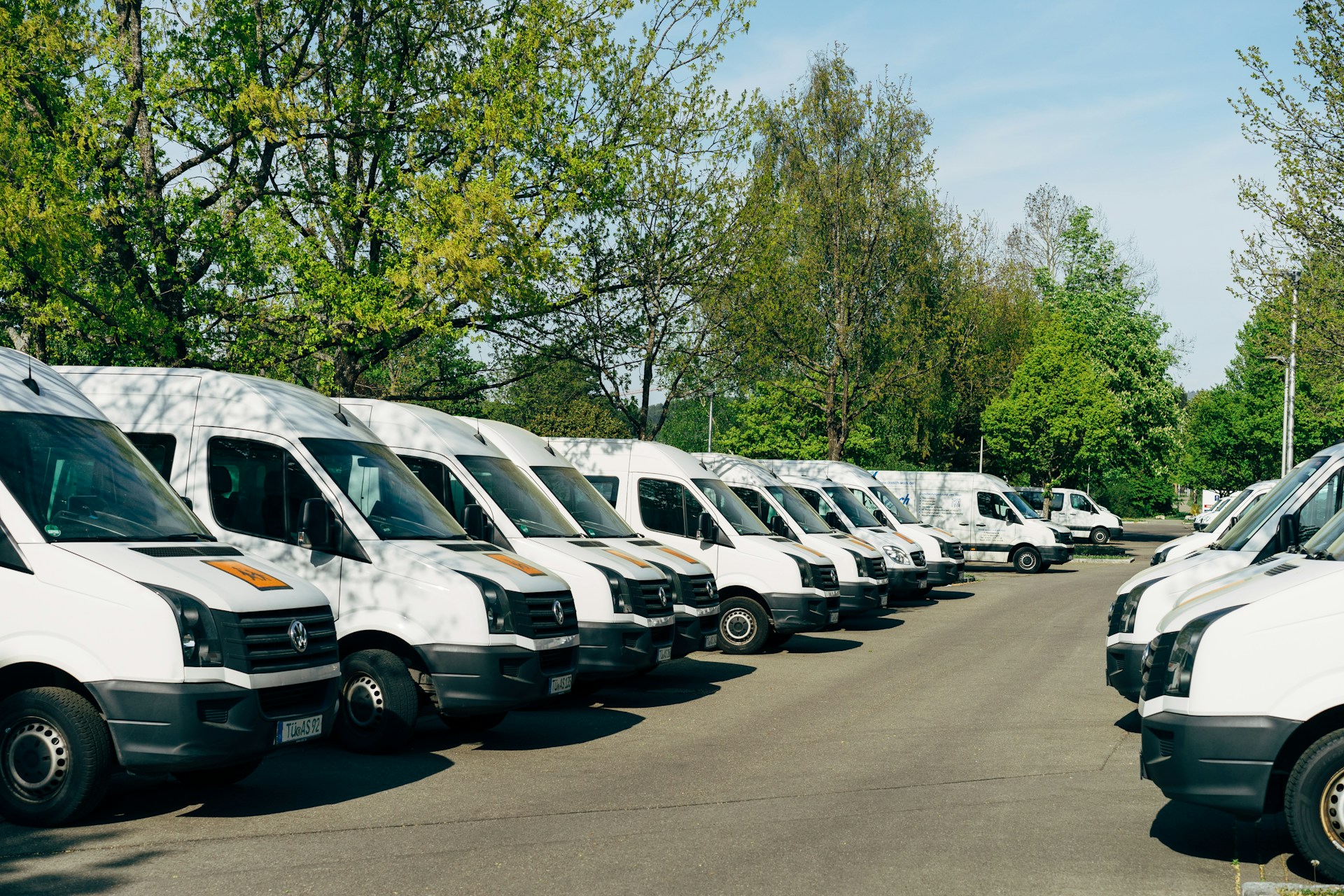How to Retrofit a Rain-Sensing Wiper System in a Ford Ranger for Automatic Convenience?

When it comes to convenience and safety in vehicles, we often think of high-tech features like power seats, advanced steering systems, or auto control functionalities. However, one vehicle feature often overlooked but equally important is the rain-sensing wiper system. Let’s delve into a step-by-step guide on retrofitting a rain-sensing wiper system in a Ford Ranger, a vehicle well-known for its power and control.
Understanding the Rain-Sensing Wiper System
Before we begin, let’s understand the rain-sensing wiper system. This auto feature is an innovative solution designed to increase driver convenience and safety during poor weather conditions. When it starts raining, the system automatically activates the wipers, allowing the driver to focus on the road. The system is controlled via a sensor usually located near the rear view mirror at the center of the windshield. This sensor can detect raindrops and control the speed of the wipers based on the intensity of the rain.
In the same genre : What’s the Best Way to Add a Performance Cold Air Intake to a Honda Accord for Improved Throttle Response?
The Ford Ranger, known for its Ecoboost power system, provides an exciting platform for such an upgrade. With its powerful towing capacity of up to 7,500 lbs, front and rear wheel drive options, and advanced steering control, the addition of a rain-sensing wiper system adds to its list of impressive features.
Purchasing the Right Equipment
Before you embark on this retrofit, you need to ensure you have the correct equipment. As there is no one-size-fits-all package, you’ll need to check your specific Ford Ranger model to find the right parts. The crucial components of the rain-sensing wiper system include the rain sensor, a control unit (usually integrated into the front of the vehicle), and wiper blades designed for use with the system.
This might interest you : How to Select and Install Performance Brake Rotors for a Lexus IS350 for Track Use?
Prices for these components can vary depending on the supplier and the specific model of your Ford Ranger. Check with your local auto parts store or online to find the best deals. Remember, quality is important for optimal performance and lifespan of your system, so it may be worth investing in higher quality parts.
Installing the Rain Sensor
With your parts in hand, it’s time to install the rain sensor. The first step is to remove the rear view mirror from your Ford Ranger. This will provide you with the necessary access to install your new rain sensor.
Once the mirror is removed, clean the area where you will be installing the sensor; it should be right at the center of the windshield. Then, following the instructions provided with your package, affix the sensor to your windshield. After that, you will need to run a wire from the sensor to the control unit in your vehicle.
Connecting to the Control Unit
Now that your sensor is in place, it’s time to connect it to the control unit. This is a crucial step as it ensures the sensor can communicate with the rest of your vehicle. You will need to locate the control unit, which is usually found near the front door or under the wheel.
Once found, use your vehicle manual to identify the correct connection points. With the correct wires identified, connect your rain sensor to the control unit. Be sure to follow any specific instructions from your package to ensure everything is connected correctly.
Finalizing the Installation and Testing
With the sensor and control unit connected, it’s time to replace the rear view mirror, tidy up any loose wires, and test the system. To test your new rain-sensing wipers, you may simulate rain using a spray bottle filled with water. Spray some water on the sensor area and see if the wipers start automatically. If not, recheck your connections and try again.
The Ford Ranger, with its impressive Ecoboost power, extraordinary wheel control system, and comfortable front and rear seats, is an excellent vehicle for this retrofit. By adding a rain-sensing wiper system, you’re enhancing the functionality of your Ranger, making it even more convenient and safe, especially during inclement weather.
Remember, always be safe when performing such modifications, and if you’re unsure or uncomfortable with any part of the process, it’s best to seek professional assistance. Now, with your retrofit completed, you can enjoy the enhanced convenience and safety of an automatic rain-sensing wiper system in your Ford Ranger.
Upgrading Your Ford Ranger’s Features
Having installed the rain-sensing wipers, you might be considering adding more features to your Ford Ranger for added convenience and safety. Advanced features like adaptive cruise control, keyless entry, and an auto-dimming rear-view mirror can complement the functionality of your newly installed rain-sensing wipers.
Firstly, adaptive cruise control adjusts your vehicle’s speed automatically to maintain a safe distance from the car ahead. This feature allows you to set your desired speed and the system will slow down or speed up your vehicle as needed.
Next, keyless entry is a feature that allows you to lock and unlock your Ford Ranger without the use of a traditional key. This feature, paired with a remote start option, can be a significant convenience, especially in extreme weather conditions.
Lastly, an auto-dimming rear-view mirror automatically darkens to reduce glare from the headlights of vehicles behind you. This feature can significantly improve your comfort and safety when driving at night.
Besides these, you could also consider other aesthetic upgrades to your Ford Ranger. Options like changing the body color or replacing the regular cab with bucket seats can enhance the vehicular aesthetics, all while improving your comfort.
Just like with your rain-sensing wipers, ensure to choose quality parts and follow the manufacturer’s installation guidelines when adding these features. If you’re not confident in doing these upgrades yourself, it’s best to seek professional assistance.
Conclusion: Enjoying the Enhanced Ford Ranger Experience
By retrofitting a rain-sensing wiper system in your Ford Ranger, you’ve taken a significant step toward enhancing your driving experience, particularly during poor weather conditions. This feature, typically found in high-end vehicles, not only adds to the vehicle’s convenience but also boosts its safety profile.
The Ford Ranger, with its powerful Ecoboost system, extraordinary steering wheel control, and comfortable front seats, makes for an excellent platform for such upgrades. The addition of rain-sensing wipers, coupled with features like adaptive cruise control, keyless entry, and an auto-dimming rear-view mirror, can greatly enhance the vehicle’s functionalities.
Beyond these, aesthetic upgrades like a new body color or bucket seats can give your Ford Ranger a fresh and modern look. Just like the Ford Bronco, the Ranger continues to evolve and adapt, offering drivers more control, comfort, and convenience.
As you enjoy the convenience of your new rain-sensing wipers, remember driving safety is paramount. Always maintain your vehicle in top condition and observe traffic rules and regulations. With your Ford Ranger’s upgrades, you’re set to enjoy a more comfortable and safer driving experience.
